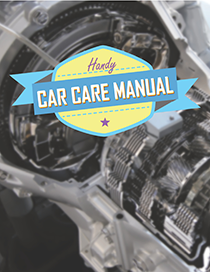TPMS and Winter!
It is very important to check the pressure of your tires when it is cold outside and to keep tires inflated to the proper levels. Reasons include:
- Low tire pressure can make a vehicle handle poorly
- Tires tend to wear out much faster when they are not properly inflated
- Under inflated tires tend to overheat, which could lead to a blowout
- Low tire pressure reduces gas mileage and costs you money
It is always alarming to see one of the gazillion warning lights on your dashboard illuminate. If you drive a newer vehicle that has an integrated Tire Pressure Monitoring System (TPMS) you may find you’ve been recently haunted by the light shown on the right. Seeing the TPMS light more often in winter is not uncommon, but it is also not something you should ignore.
First, it is important to understand how your TPMS works. The system use sensors technology to alert drivers when tire pressure in one of the tires goes below a predetermined level. When tire pressure in one or more of your drops, the light comes on.
Since air pressure decreases in frigid temperatures, drivers tend to see the TPMS light illuminate. According to tire experts, air pressure in a tire goes down 1-2 pounds for every 10 degrees of temperature change. While you need not necessarily be surprised if you see the TPMS light come on during cold spells, you should be sure to manually check the air pressure of your tires.
It is very important to check the pressure of your tires when it is cold outside and to keep tires inflated to the proper levels. Reasons include:
- Low tire pressure can make a vehicle handle poorly
- Tires tend to wear out much faster when they are not properly inflated
- Under inflated tires tend to overheat, which could lead to a blowout
- Low tire pressure reduces gas mileage and costs you money
Check the pressure of your tires monthly. In order to obtain the most accurate pressure level, wait until tires have cooled – about 30 minutes after parking. Visit Northgate Tire for us to take a look at your TPMS system.







